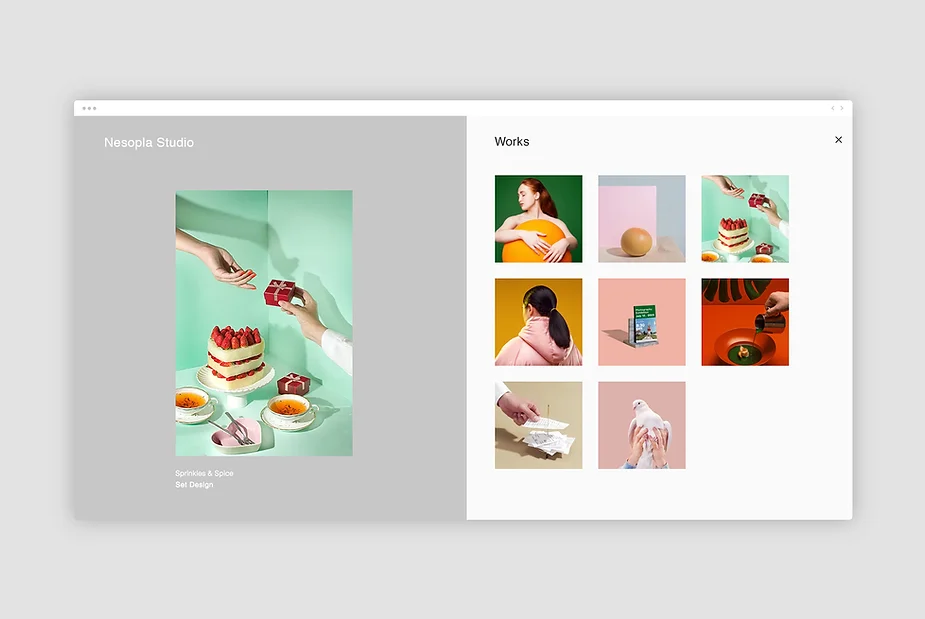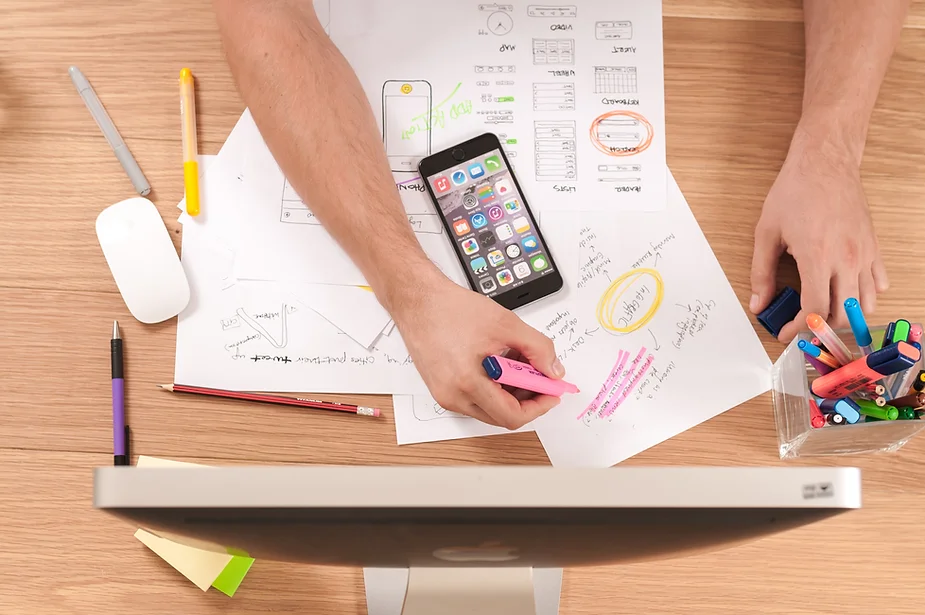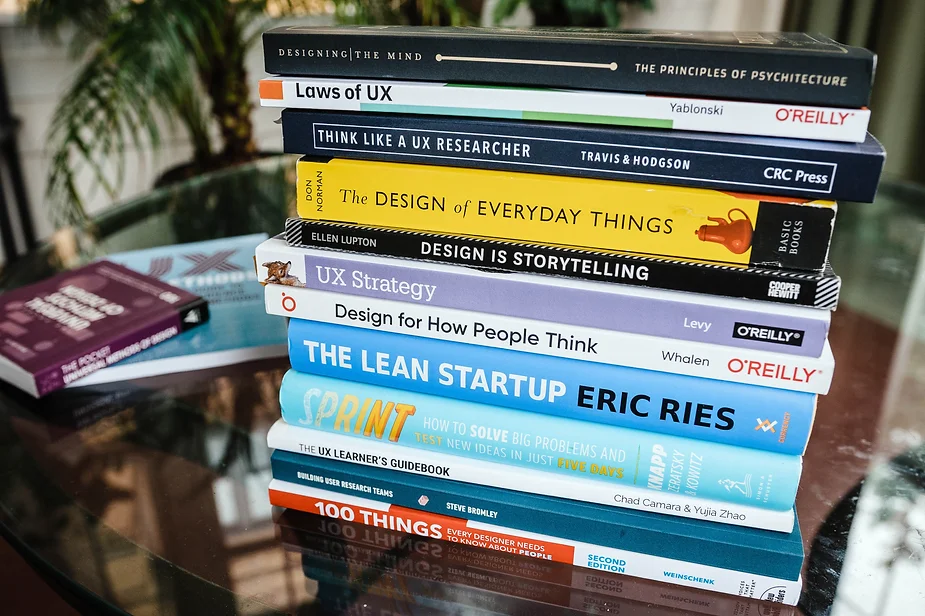In today’s fast-paced digital world, design execution plays a crucial role in the success of businesses. Whether it’s creating captivating visuals for marketing campaigns or developing user-friendly interfaces for websites and apps, effective design execution can make a significant impact on customer engagement and brand recognition. However, it is no secret that achieving seamless design execution can be challenging, especially in a remote work environment.
In this article, we will explore how we can support design execution in the context of remote work. We will delve into the benefits of embracing remote work for small businesses and discuss strategies to maximize efficiency while overcoming the challenges that come with working remotely. From fostering collaboration to utilizing cutting-edge tools and technologies, we will provide valuable insights and practical tips to help you achieve flawless design execution in a remote setting.
The Power of Remote Work for Design Execution
Remote work has revolutionized the way businesses operate, offering unprecedented flexibility and efficiency. When it comes to design execution, embracing remote work can be a game-changer. By harnessing the power of technology and connectivity, remote design teams can collaborate seamlessly from different corners of the world, breaking free from geographical limitations.
Imagine a scenario where talented designers from diverse backgrounds can come together effortlessly, sharing ideas and expertise without the constraints of office walls. Remote work opens up a world of possibilities for design execution by enabling companies to tap into a global talent pool. This not only allows for unique perspectives and fresh ideas but also promotes inclusivity and diversity in the design process.
Embracing the Freedom: How Remote Work Benefits Small Businesses
Remote work has emerged as a powerful tool for small businesses, offering a myriad of benefits that were once considered unattainable. By embracing the freedom that remote work provides, small businesses can unlock new opportunities for growth and success. One of the key advantages of remote work is the ability to tap into a global talent pool, breaking free from geographical limitations and accessing top-notch designers from around the world.
This newfound freedom brings fresh perspectives and diverse skill sets to small businesses, allowing them to compete on a global scale. Small businesses can now harness the talents of designers across different time zones, ensuring that projects progress around the clock. This continuous workflow not only enhances productivity but also accelerates design execution, enabling small businesses to meet tight deadlines with ease.

Designing for the Future: Embracing Remote Design Execution
In today’s rapidly evolving world, where technology continues to shape our lives, it is imperative that we adapt our approach to design execution. Embracing remote design execution is not only a practical solution, but it also opens up a world of possibilities for creativity and collaboration.
Remote design execution allows us to tap into a global talent pool and work with diverse individuals who bring unique perspectives to the table. With the power of technology, distance is no longer a barrier; instead, it becomes an opportunity to connect with talented designers from different corners of the globe.
By embracing remote design execution, we can foster an environment that encourages innovation and out-of-the-box thinking. The ability to work remotely breaks down physical constraints and allows designers to find inspiration in their surroundings, wherever they may be. From cozy home offices to bustling coffee shops or serene natural landscapes, remote work enables designers to create in environments that ignite their creativity.
Furthermore, remote design execution promotes flexibility and work-life balance. It empowers designers to schedule their workflow according to their own preferences while maintaining productivity. This flexibility not only enhances job satisfaction but also contributes to overall well-being.
Designing for the future means embracing the power of remote design execution. By harnessing technology and leveraging global talent, we can create innovative solutions that transcend boundaries and propel us towards a brighter future.
Unlocking the Potential: Cost-Effective Solutions for Design Execution
In today’s competitive business landscape, finding cost-effective solutions is essential for any organization. When it comes to design execution, there are various ways to unlock its potential without breaking the bank. One such solution is outsourcing design tasks to freelance designers or design agencies.
By tapping into a global pool of talent, businesses can find skilled designers at competitive rates. Freelancers often offer flexible pricing options, allowing organizations to choose the most cost-effective arrangement that suits their needs. Moreover, outsourcing design execution can help reduce overhead costs associated with maintaining an in-house design team.
Another cost-effective solution is leveraging technology and design software. With advancements in digital tools and platforms, designers now have access to a wide range of affordable software that streamlines the design process. These tools not only enhance productivity but also enable collaboration across remote teams.
No More Idle Time: Maximizing Efficiency with Remote Design Execution
When it comes to remote design execution, one of the key advantages is the ability to eliminate idle time and maximize efficiency. In a traditional office setting, designers often find themselves waiting for feedback or approvals, resulting in valuable minutes and even hours wasted. With remote work, however, this inefficiency can be greatly reduced.
By leveraging collaboration tools and effective communication channels, remote design teams can maintain a constant flow of work without unnecessary delays. Real-time feedback and seamless file sharing enable designers to stay engaged and productive throughout the day. Additionally, flexible schedules allow team members to work during their most productive hours, leading to higher quality output and increased satisfaction.

Overcoming Challenges: Tips for Successful Remote Design Execution
While remote design execution offers immense advantages, it is not without its challenges. However, with careful planning and effective strategies, these hurdles can be overcome to ensure a successful outcome. Firstly, clear communication is paramount. Foster an environment where team members feel comfortable expressing their ideas and concerns openly. Utilize video conferences or virtual meetings to maintain face-to-face interaction, as visual cues play a crucial role in understanding non-verbal communication.
In addition to communication, establishing a well-defined workflow is vital for remote design execution. Create detailed guidelines and procedures that outline the design process from start to finish. Implement project management tools that allow for seamless collaboration and task assignment. Encourage regular check-ins and progress updates to keep everyone aligned with project milestones. By setting expectations clearly and providing a structured framework, you empower your team to work cohesively towards the desired outcome.
The Human Connection: Fostering Collaboration in a Remote Design Team
In the digital age, where remote work is becoming increasingly prevalent, fostering collaboration within a remote design team can be both challenging and essential. Although physical distance may separate team members, it should never hinder the power of human connection and cohesive teamwork. By investing in building strong relationships, encouraging open communication, and implementing effective collaboration strategies, design teams can thrive even in a remote setting.
In a virtual environment, it is crucial to establish regular check-ins and meetings to maintain a sense of unity within the team. These interactions provide an opportunity for team members to connect on a personal level and share ideas freely. Encouraging active participation from every member ensures that diverse perspectives are included in the decision-making process. Additionally, utilizing collaborative tools such as video conferencing, instant messaging platforms, and project management software fosters real-time communication and enhances productivity.
Tools and Technology: Empowering Remote Design Execution
In the digital age, we are fortunate to have a wide array of tools and technology at our disposal that can greatly enhance remote design execution. These innovative solutions not only bridge the physical gap between team members but also enable seamless collaboration and efficient workflow management.
One tool that has revolutionized remote design execution is cloud-based design software. With its intuitive interfaces and real-time editing capabilities, designers from different locations can work on the same project simultaneously, eliminating the need for constant file transfers or version control issues. This fosters a sense of unity among team members, promotes creativity, and ensures that everyone is on the same page throughout the design process.
Nurturing Creativity: Creating a Remote-Friendly Design Culture
In the realm of design execution, creativity is the lifeblood that breathes innovation into every project. When working in a remote setting, it is crucial to foster an environment that cultivates and nurtures creativity. One way to achieve this is by creating a remote-friendly design culture that promotes collaboration, inspiration, and individual growth.
Encouraging creativity in a remote team starts with establishing clear communication channels and encouraging open dialogue among designers. Regular video calls, virtual brainstorming sessions, and online forums can bring designers together, providing them with opportunities to bounce ideas off one another and get inspired. Additionally, embracing flexibility in work hours allows designers to find their most productive moments, unlocking their creative potential. Providing ongoing support through feedback and constructive criticism helps designers refine their skills and grow as professionals.

Case Study: How OC Achieved Design Execution Success Remotely
OC, a an award winning consultancy, embarked on a remarkable journey towards remote design execution and achieved resounding success. By embracing the power of remote work, they tapped into a world of opportunities and bolstered their creative output like never before.
At the helm of this transformation was their visionary leader, Sarah Thompson. Recognizing the potential of remote work in fostering collaboration and attracting top talent, Thompson implemented a series of innovative strategies that propelled OC to new heights. The first step was creating a robust digital infrastructure to support seamless communication and project management.
Through the integration of cutting-edge online collaboration tools and project management software, OC established an efficient virtual workspace for its team members. This allowed designers to exchange ideas in real-time, provide instant feedback on projects, and iterate swiftly to produce exceptional results. With enhanced transparency and streamlined workflows, they were able to deliver high-quality designs with greater speed than ever before.
Beyond technological advancements, OC also prioritized fostering strong connections among team members through regular virtual meetings and interactive brainstorming sessions. They understood that human interaction plays a vital role in nurturing creativity and building trust within a remote team.
Their commitment to maintaining a positive company culture was evident as they organized virtual social events and encouraged open communication channels for informal discussions. By fostering camaraderie despite physical distance, OC created an atmosphere where designers felt supported, valued, and inspired.
The success story of OC serves as an inspiring testament to the potential for achieving design execution excellence through remote work. Their unwavering dedication to embracing technology while emphasizing
Conclusion
In conclusion, the potential for supporting design execution through remote work is immense. As businesses and design teams continue to adapt to the changing landscape, embracing remote collaboration can unlock a world of possibilities. By leveraging the benefits of cost-effectiveness, efficiency, and creativity, organizations can thrive in this new era of work. So let us forge ahead with confidence and embrace the power of remote design execution, knowing that we have the tools and mindset to succeed in creating exceptional designs that captivate and inspire.
